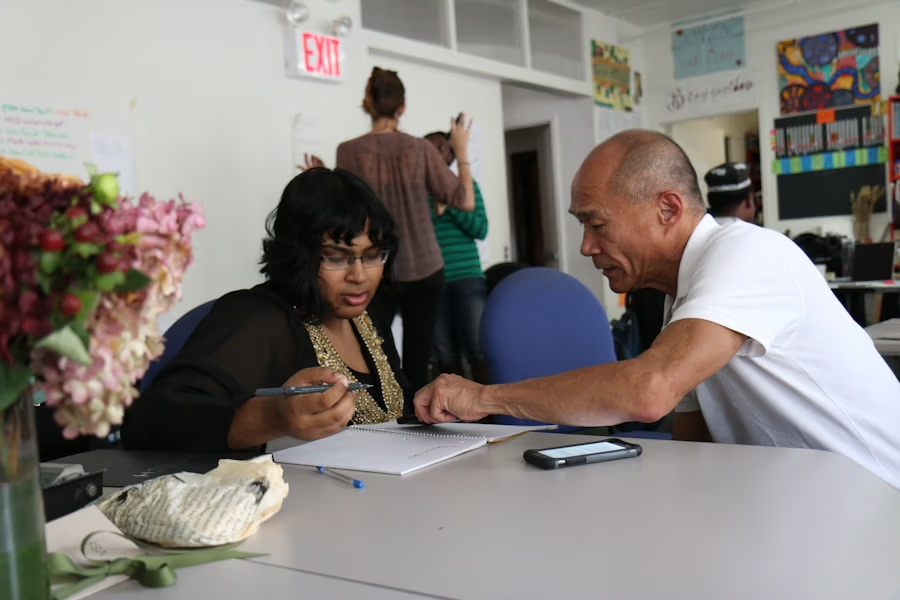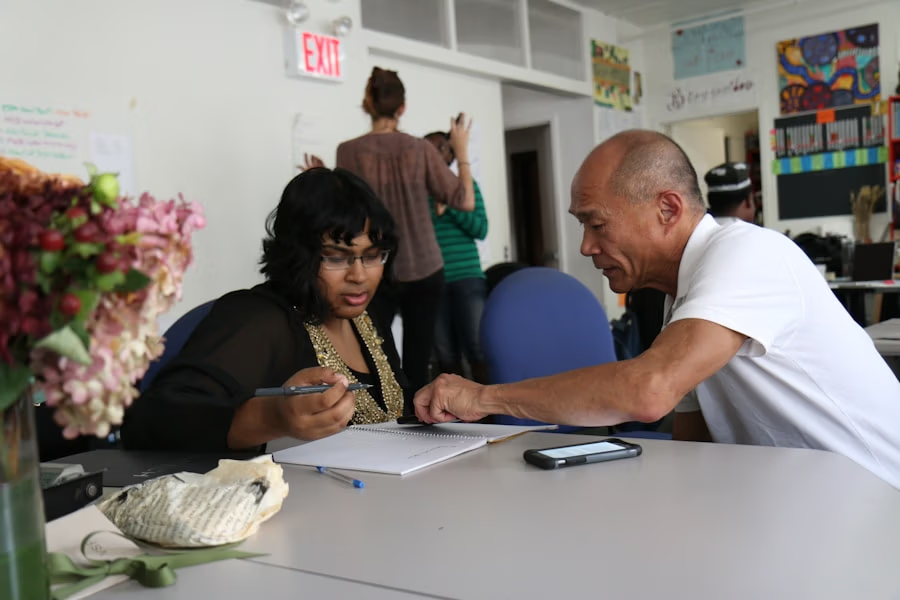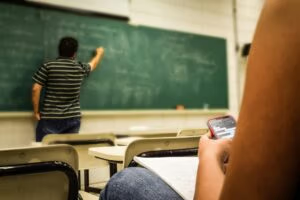
Education equity is a fundamental aspect of a just and fair society. It ensures that every individual, regardless of their background, has access to the same educational opportunities and resources. This is crucial for creating a level playing field and breaking the cycle of poverty and inequality. When education is equitable, it means that all students have the chance to reach their full potential and contribute meaningfully to society. It also promotes social cohesion and reduces the disparities between different groups in society.
Furthermore, education equity is essential for economic growth and development. When everyone has access to quality education, it leads to a more skilled and productive workforce. This, in turn, boosts innovation and competitiveness, driving economic progress. Additionally, education equity is crucial for fostering a sense of social justice and human rights. It ensures that every individual is treated fairly and has the opportunity to lead a fulfilling life. Ultimately, education equity is not just about providing equal opportunities, but also about creating a more inclusive and harmonious society.
Education equity is also important for promoting diversity and inclusion. When all students have access to the same educational resources, it allows for the celebration of different cultures, languages, and perspectives. This enriches the learning experience and prepares students to thrive in a globalized world. Moreover, education equity is crucial for addressing systemic discrimination and promoting social mobility. It helps to break down barriers and create a more equitable society where everyone has the chance to succeed.
Challenges to Achieving Education Equity
Despite the importance of education equity, there are numerous challenges that hinder its achievement. One of the main obstacles is the unequal distribution of resources and opportunities. Many students from marginalized communities lack access to quality education, experienced teachers, and adequate facilities. This perpetuates the cycle of poverty and limits their chances of success. Additionally, there are disparities in funding between schools in affluent and low-income areas, further exacerbating the problem.
Another challenge is the lack of cultural competence in the education system. Many schools do not adequately address the needs of diverse student populations, leading to alienation and disengagement. This can result in lower academic achievement and higher dropout rates among marginalized groups. Furthermore, there are systemic barriers such as institutionalized racism and discrimination that prevent equal access to education. These issues create a significant barrier to achieving education equity and require comprehensive solutions.
Strategies for Promoting Education Equity
To address the challenges of achieving education equity, it is essential to implement strategies that promote fairness and inclusivity in the education system. One approach is to prioritize funding for schools in low-income areas and ensure that they have access to the same resources as their affluent counterparts. This can help level the playing field and provide all students with an equal chance to succeed. Additionally, it is crucial to invest in teacher training and professional development to ensure that educators are equipped to meet the needs of diverse student populations.
Another strategy is to implement culturally responsive teaching practices that recognize and celebrate the diversity of students. This can help create a more inclusive learning environment where all students feel valued and supported. Furthermore, it is important to address systemic barriers such as racism and discrimination through policy changes and anti-bias training. This can help create a more equitable education system that provides equal opportunities for all students.
The Role of Government in Addressing Education Inequality
The government plays a crucial role in addressing education inequality through policy development and resource allocation. One way that the government can promote education equity is by implementing funding formulas that prioritize schools in low-income areas. This can help ensure that all students have access to quality education regardless of their socioeconomic background. Additionally, the government can invest in programs that provide additional support for marginalized students, such as tutoring and mentoring initiatives.
Furthermore, the government can implement policies that promote diversity and inclusion in the education system. This can include anti-bias training for educators, as well as curriculum changes that reflect the experiences of diverse student populations. Additionally, the government can work to address systemic barriers such as racism and discrimination through legislative measures and enforcement mechanisms. By taking a proactive approach to addressing education inequality, the government can play a significant role in creating a more equitable education system.
The Impact of Socioeconomic Factors on Education Equity
Socioeconomic factors play a significant role in determining access to quality education and academic achievement. Students from low-income families often face barriers such as inadequate resources, unstable housing, and limited access to healthcare, which can impact their ability to succeed in school. Additionally, students from marginalized communities may face discrimination and systemic barriers that limit their educational opportunities. These factors contribute to disparities in academic achievement and perpetuate the cycle of poverty.
Furthermore, socioeconomic factors can impact the quality of education that students receive. Schools in low-income areas often lack resources such as experienced teachers, up-to-date facilities, and extracurricular programs. This can result in lower academic
Promoting diversity and inclusion in education is essential for creating a more equitable learning environment. One way to achieve this is by implementing culturally responsive teaching practices that recognize and celebrate the diversity of students. This can help create a more inclusive learning environment where all students feel valued and supported. Additionally, it is important to incorporate diverse perspectives into the curriculum to reflect the experiences of different student populations.
Furthermore, promoting diversity and inclusion in education requires addressing systemic barriers such as racism and discrimination. This can be achieved through policy changes that promote equity and fairness in the education system. Additionally, it is important to provide anti-bias training for educators to ensure that they are equipped to meet the needs of diverse student populations. By promoting diversity and inclusion in education, it creates a more equitable learning environment where all students have the opportunity to succeed.
The Benefits of Achieving Education Equity
Achieving education equity has numerous benefits for individuals and society as a whole. One of the main benefits is that it promotes social mobility by providing all students with an equal chance to succeed. This helps break the cycle of poverty and creates opportunities for individuals to reach their full potential. Additionally, achieving education equity fosters social cohesion by reducing disparities between different groups in society.
Furthermore, achieving education equity is crucial for economic growth and development. When everyone has access to quality education, it leads to a more skilled and productive workforce, which boosts innovation and competitiveness. Additionally, achieving education equity promotes diversity and inclusion by celebrating different cultures, languages, and perspectives. This enriches the learning experience and prepares students to thrive in a globalized world.
In conclusion, education equity is essential for creating a just and fair society where all individuals have access to the same educational opportunities and resources. Despite numerous challenges, there are strategies that can be implemented to promote fairness and inclusivity in the education system. The government plays a crucial role in addressing education inequality through policy development and resource allocation. Additionally, promoting diversity and inclusion in education is essential for creating a more equitable learning environment where all students have the opportunity to succeed. Ultimately, achieving education equity has numerous benefits for individuals and society as a whole, including promoting social mobility, economic growth, and diversity.












